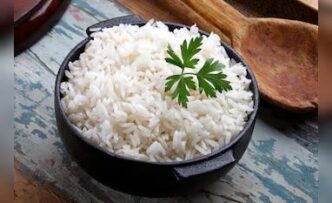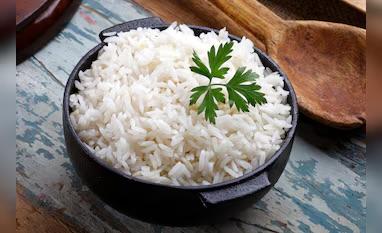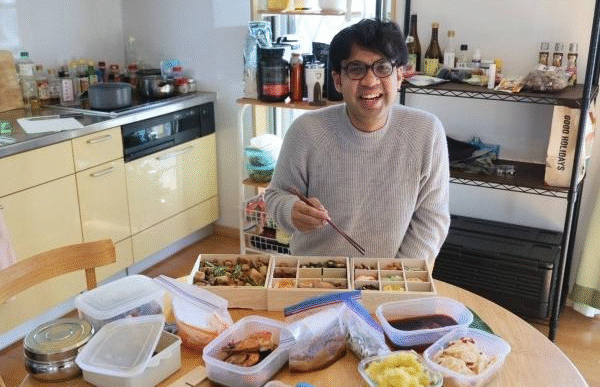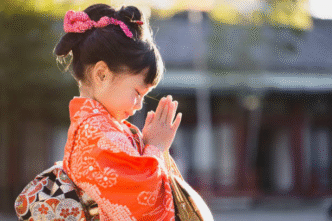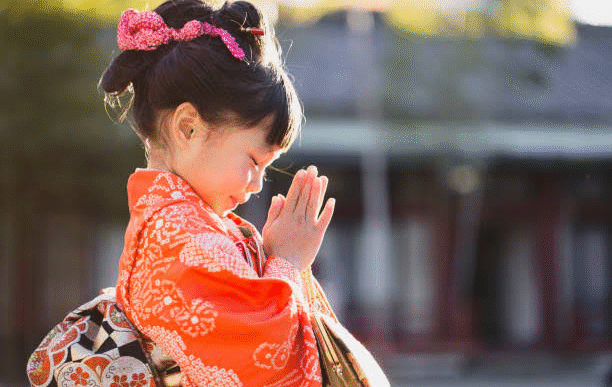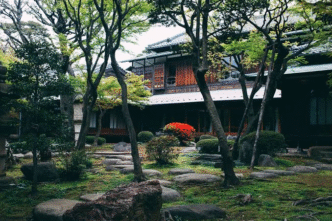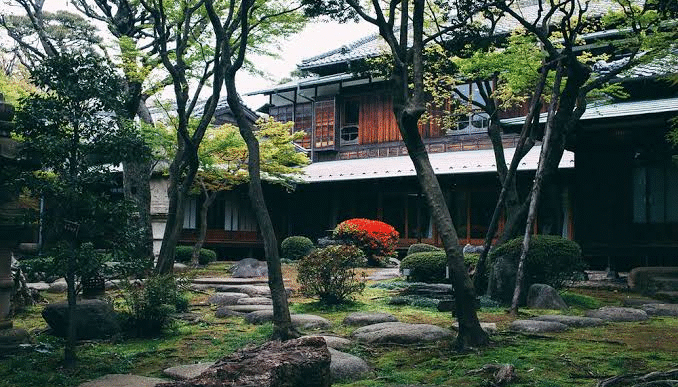As Japan battles a sharp rice inflation crisis, India — the world’s largest rice exporter — sees a golden opportunity to step in with its high-quality rice varieties and narrow its trade deficit with Tokyo.
Rice, considered sacred in Japan, has seen prices double in recent months, soaring to 5,000 JPY ($35) for 5 kg, triggering panic buying and empty supermarket shelves. In response, the Japanese government bypassed its traditional supply chain and began selling emergency reserves directly to consumers, offering temporary relief.
However, Japan’s deeper problem lies in long-term supply challenges — an aging farmer population, legacy policies that disincentivized rice cultivation, and climate shocks. Despite producing 6.7 million tonnes in 2024, consumer fears over future shortages and booming tourism (a record 36 million visitors in 2024) have strained supplies.
India, traditionally supplying only Basmati rice to Japanese Indian communities, now stands at a strategic juncture. With the recent lifting of its non-Basmati export ban, India can explore sending glutinous rice varieties like Joha from the Northeast — better suited to Japanese preferences.
As Japan mulls increasing rice imports and potentially lowering tariffs amid trade negotiations, this could be India’s moment to tap into a premium market and transform a challenge into a long-term agricultural trade partnership.
FAQs:
Q1: Why is Japan facing a rice crisis despite sufficient production?
A: The crisis is driven by panic buying, supply chain inefficiencies, aging farmers, and rising tourism-driven demand — not just by crop failure.
Q2: How can India benefit from Japan’s rice shortage?
A: India can export quality rice varieties like sticky rice from the Northeast to Japan, opening a new trade avenue and reducing its trade deficit.
